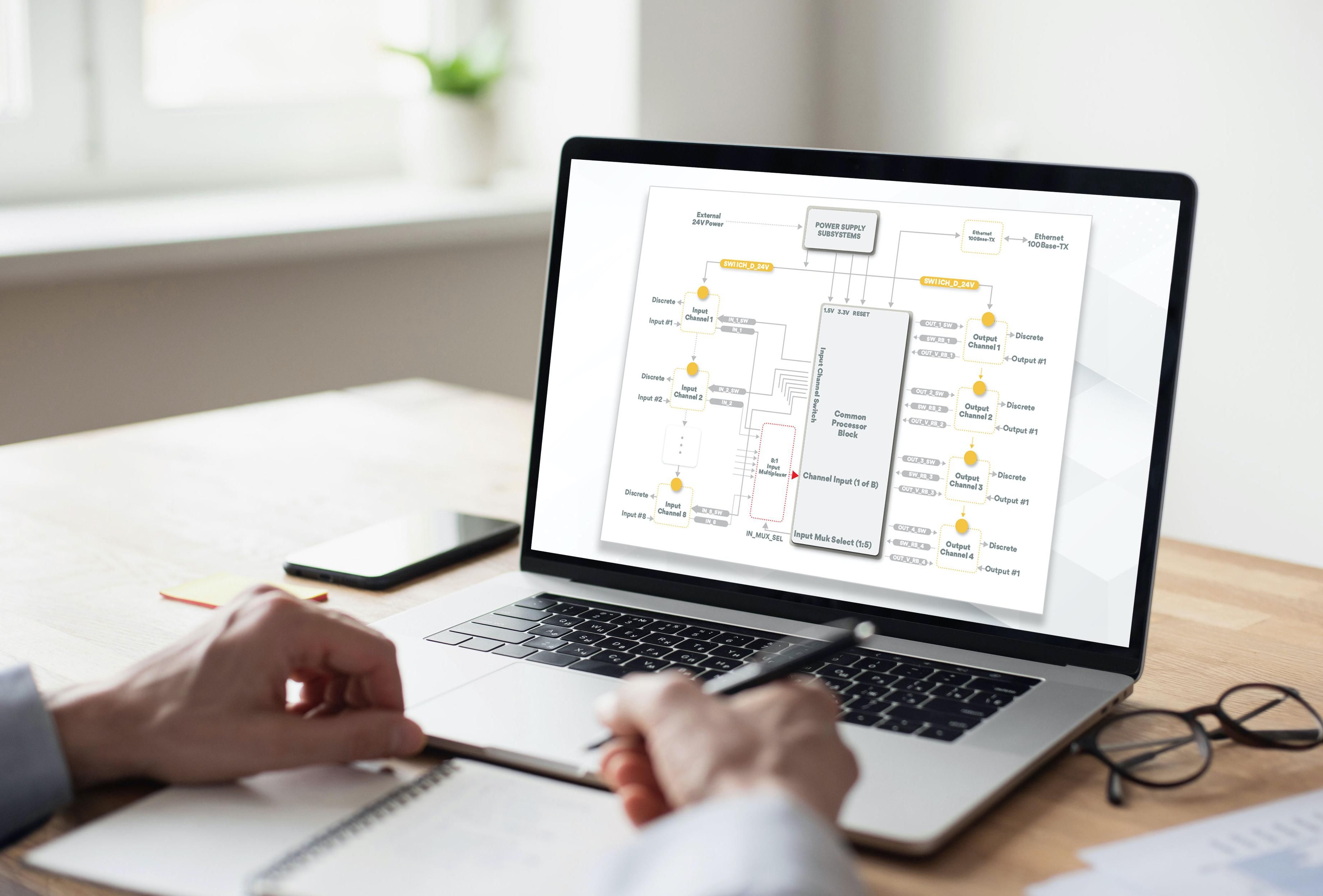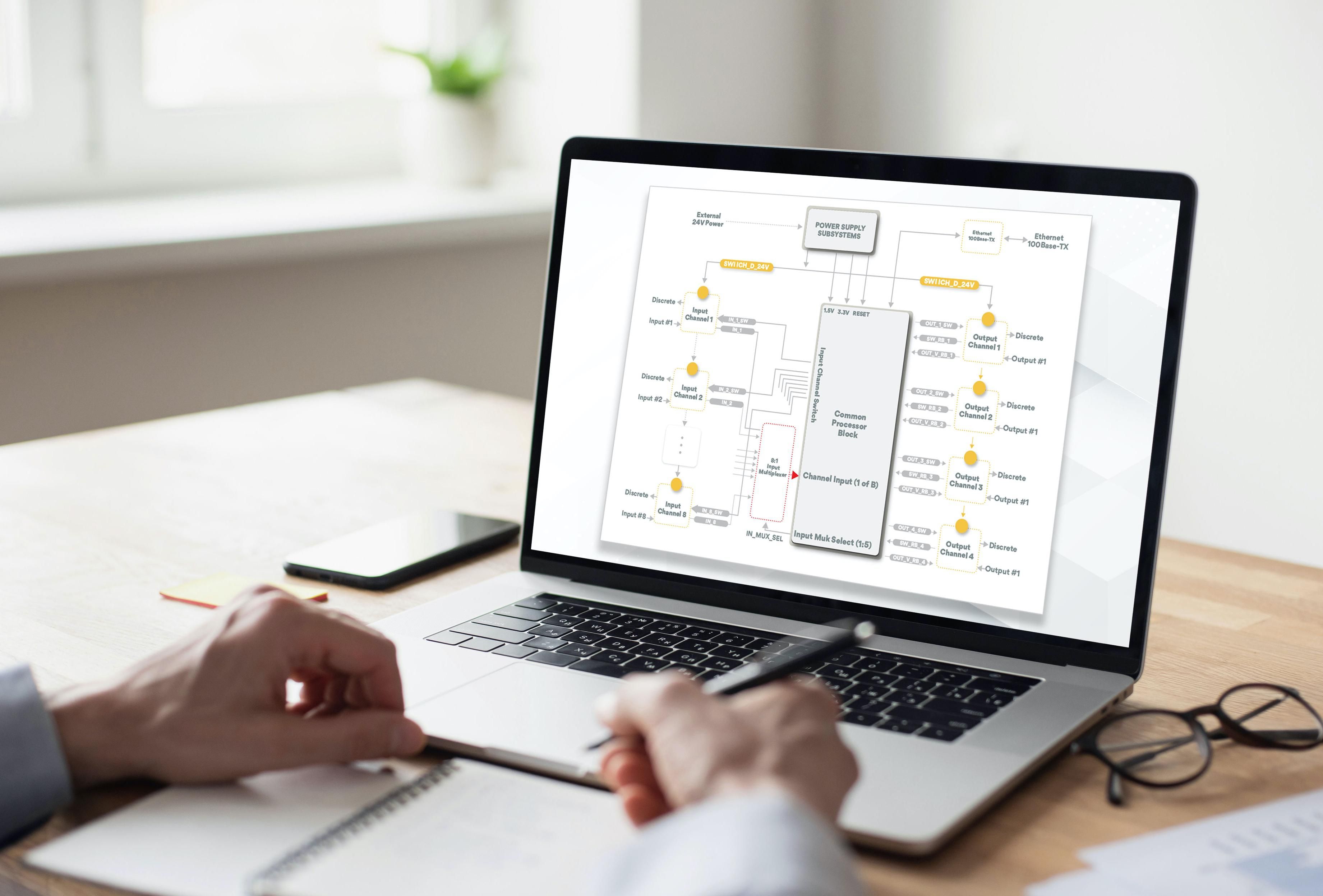
It is said that necessity is the mother of invention. Just over 20 years ago, two men who met on opposite sides of a product safety certification process ended up proving this maxim once again.
Back in the late 1990s, Dr. William Goble, a development manager for an automation company, was attempting to get a safety certification on a product his team was developing. During this process, Goble met Rainer Faller, who at the time was a business unit manager at Technischer Überwachungsverein (TUV) Bayern, one of the few safety certification associations in the world.
Goble and Faller agreed that the existing certification process was burdensome on companies and confusing—an impediment to safety. A better way was a necessity. They decided that a new approach could realize a higher level of safety by helping companies understand the process and meet the highest demands more readily.
Together they formed Exida to realize this vision. On top of the training and educational systems that Exida developed, another key element to Exida’s approach would be a suite of automated software tools to guide people through the safety development process.
Jump ahead over 20 years and Exida has not only become one of the few other product safety certification bodies in the world, competing with TUV, but its software products for helping clients develop more reliable and safer products are now used by some TUV companies.
Just over a year ago, Exida launched a new suite of software products aimed at supporting OEM companies that built on the company’s 20-year history and called it OEMx. OEMx currently consists of two product development tools: ARCHx and FMEDAx. ARCHx provides high-level computer system design architecture analysis and FMEDAx finds potential hardware design problems and predicts failure rates and modes.
ARCHx is used to perform Failure Modes and Effects Analysis (FMEA). FMEA was developed in the 1960s to provide a systematic and proactive method for evaluating a design to identify where and how it might fail and to assess the relative impact of different failures. Once this systematic assessment is conducted it’s possible to identify the components of the design that are most in need of change.
This FMEA process is used during the architecture analysis phase of the design process, thus the name, ARCHx. During this process step, a design team will be looking at functional blocks and data flow diagrams.
The problem with FMEA occurs through the use of guide words as the prompt to remind you of how a functional block could fail. While this often works, you are always concerned that you might have missed an important failure mode, according to Goble, now principal partner at Exida.
“A design engineer is always wondering, ‘Did I forget about a failure mode? Is there something I’m missing?’. I can’t tell you how many people have complained about that when they were doing FMEAs,” said Goble.
What distinguishes the ARCHx tool from any other products on the market is its ability to leverage embedded knowledge. Goble explains that Exida knows the safety standards inside and out, and has been through hundreds and hundreds of projects. Through this experience the company has learned that for any given type of design, there are a specific set of things that can typically go wrong. “We realized we could save ourselves a lot of time and do a better job for our customers if we embedded all that knowledge into the FMEA tool. And that’s what we did in ARCHx.”
[“source=spectrum”]









